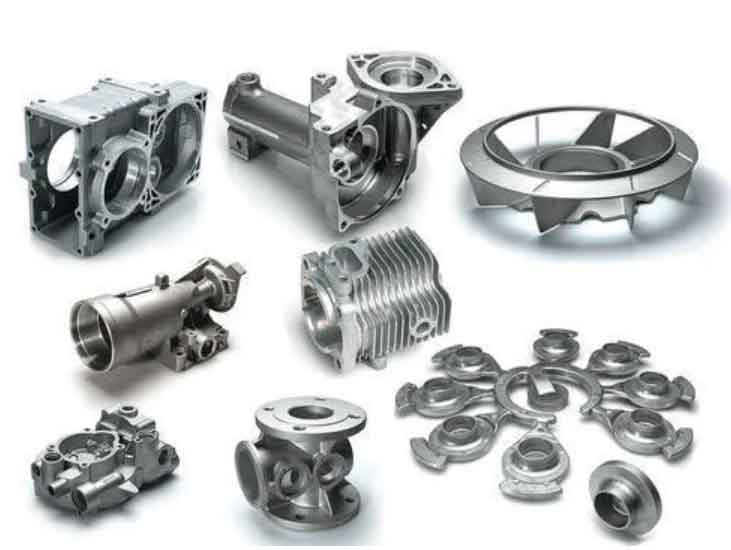Grey cast iron, also known as gray iron, is indeed considered the backbone of industrial engineering. It is one of the most widely used materials in various industries due to its exceptional properties and cost-effectiveness. Let’s explore why grey cast iron plays such a crucial role in industrial engineering.

- Strength and Durability: Grey cast iron exhibits excellent strength and durability, making it ideal for applications where high structural integrity is required. It can withstand heavy loads, making it suitable for components such as engine blocks, machine tool bases, pipes, and automotive parts.
- Castability: Grey cast iron possesses excellent castability, meaning it can be easily melted and poured into intricate shapes. This makes it highly versatile and enables the production of complex components with intricate details. The molten iron flows easily into molds, ensuring accurate replication of the desired shape.
- Wear Resistance: Grey cast iron is known for its exceptional wear resistance, making it suitable for applications where components are subjected to friction and wear. It has a self-lubricating property due to the presence of graphite flakes in its microstructure, which act as solid lubricants. This property makes it ideal for applications such as brake discs, cylinder liners, and gears.
- Damping Capacity: Grey cast iron has excellent damping capacity, which refers to its ability to absorb vibrations and reduce noise. This property is crucial in applications where minimizing vibrations and noise is necessary, such as in machine tools, engine blocks, and equipment foundations. The damping capacity of grey cast iron helps improve the performance and longevity of these components.
- Thermal Conductivity: Grey cast iron exhibits high thermal conductivity, meaning it can efficiently transfer heat. This property makes it suitable for applications that involve heat dissipation, such as engine blocks, cookware, and heat exchangers. The ability of grey cast iron to distribute and dissipate heat helps maintain stable temperatures and prevents thermal deformation.
- Cost-effectiveness: Grey cast iron is relatively inexpensive compared to many other engineering materials. Its availability, coupled with its versatile properties, makes it a cost-effective choice for a wide range of applications. The low production cost of grey cast iron contributes to its widespread use in industrial engineering.
Despite its numerous advantages, grey cast iron also has some limitations. It is brittle and lacks the tensile strength and impact resistance of materials like steel. It is not suitable for applications where high toughness and ductility are required. However, by carefully considering the specific requirements of an application, grey cast iron’s strengths can be leveraged effectively.
Overall, grey cast iron’s combination of strength, durability, castability, wear resistance, damping capacity, thermal conductivity, and cost-effectiveness make it a vital material in industrial engineering. Its versatility and wide range of applications across various industries have solidified its position as the backbone of the field.
